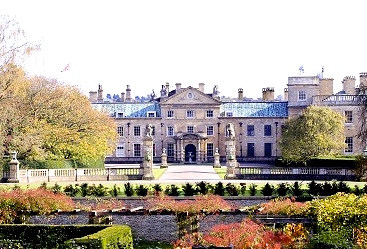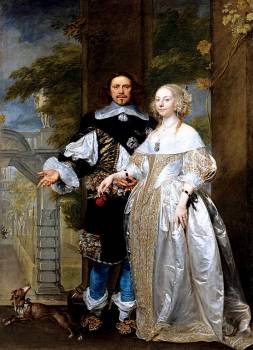“Sixteen, I reflected, biting into a stolen pie. By this time in her life, my sister Mary had been pregnant. Ovid had dedicated his life to poetry. Queen Elizabeth had seen a suitor beheaded. Romeo and Juliet were dead. Whereas I, Margaret Lucas, was nothing if not in health, no single true adventure to my name.” – Margaret Lucas, 1639.
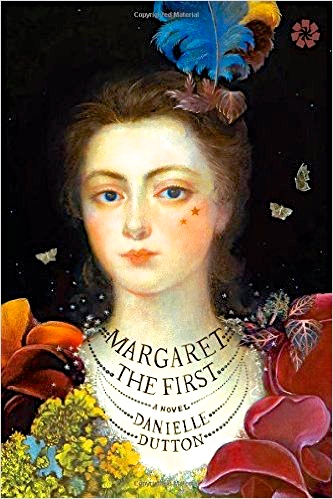 However bored Margaret may be at the age of sixteen, her life, like the lives of everyone else in England, is about to change: war is on its way, with Parliament working to annul the powers of the king, who responds by taking up arms against his people. Oliver Cromwell, an intense Puritan, is about to lead the “Roundheads,” or Parliamentarians, into fierce battle against the crown, and everything Margaret has ever known is about to be challenged. A member of the high aristocracy who has known nothing but elegance in home, dress, and manners, she will soon become an attendant of Queen Henrietta Maria, wife of Charles I, whom she will follow into exile when the Queen and her court leave for France and the court of Louis XIV. It is in Europe where her life begins to take shape and where she will be exposed to new ideas in science, philosophy, and writing. In this period in which the role of women like Margaret has been carefully circumscribed, she will create and live through many adventures of her own making, challenging the social fabric of her class and her country.
However bored Margaret may be at the age of sixteen, her life, like the lives of everyone else in England, is about to change: war is on its way, with Parliament working to annul the powers of the king, who responds by taking up arms against his people. Oliver Cromwell, an intense Puritan, is about to lead the “Roundheads,” or Parliamentarians, into fierce battle against the crown, and everything Margaret has ever known is about to be challenged. A member of the high aristocracy who has known nothing but elegance in home, dress, and manners, she will soon become an attendant of Queen Henrietta Maria, wife of Charles I, whom she will follow into exile when the Queen and her court leave for France and the court of Louis XIV. It is in Europe where her life begins to take shape and where she will be exposed to new ideas in science, philosophy, and writing. In this period in which the role of women like Margaret has been carefully circumscribed, she will create and live through many adventures of her own making, challenging the social fabric of her class and her country.
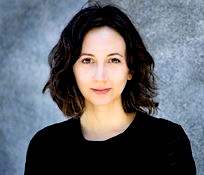 In this remarkable and insightful novel, author Danielle Dutton recreates the life of Margaret Lucas (1623 – 1673) from her teen years until her death years later. From her exile in France with the Queen of England to her marriage to William Cavendish, an older widower who patiently accepts her unusual views of life and, eventually, her growing need for independence, Margaret shines here as a modern woman, one with whom the reader identifies because she feels so familiar, so modern. Despite the fact that as the Duchess of Newcastle she and her husband associate with kings, queens, philosophers, artists, and writers, Margaret is shy and vulnerable enough to make a modern reader hope for her success, despite some of her disastrous missteps and chronic inability to put herself into the shoes of others and to see herself as others see her. The history of the period, which the narrative wears lightly, focuses clearly on Margaret and her personal goals, and as the chronology slides smoothly from the civil war to the Restoration and eventually to Margaret’s career as a writer, the reader recognizes that it would actually be possible for a woman like Margaret to become an iconoclastic feminist recognized for her talent in the world in which she lived almost four hundred years ago.
In this remarkable and insightful novel, author Danielle Dutton recreates the life of Margaret Lucas (1623 – 1673) from her teen years until her death years later. From her exile in France with the Queen of England to her marriage to William Cavendish, an older widower who patiently accepts her unusual views of life and, eventually, her growing need for independence, Margaret shines here as a modern woman, one with whom the reader identifies because she feels so familiar, so modern. Despite the fact that as the Duchess of Newcastle she and her husband associate with kings, queens, philosophers, artists, and writers, Margaret is shy and vulnerable enough to make a modern reader hope for her success, despite some of her disastrous missteps and chronic inability to put herself into the shoes of others and to see herself as others see her. The history of the period, which the narrative wears lightly, focuses clearly on Margaret and her personal goals, and as the chronology slides smoothly from the civil war to the Restoration and eventually to Margaret’s career as a writer, the reader recognizes that it would actually be possible for a woman like Margaret to become an iconoclastic feminist recognized for her talent in the world in which she lived almost four hundred years ago.
William Cavendish, whom Margaret marries in Paris in 1645, makes no pretenses about his political and financial difficulties when they are married. The owner of the partially restored Bolsover Castle, built in the 12th century in Devonshire, and of a country estate built on the site of Welbeck Abbey in Nottinghamshire, Cavendish has seen his property in England, like that of other aristocrats, seized by the Puritan government. In debt, he still finds elegant living accommodations in Paris and elsewhere among friends with large European estates. A dramatist in his spare time, Cavendish is described as a “world-class host,” a patron of Ben Jonson and John Dryden, and a friend of writers like Thomas Hobbes, Robert Boyle, Rene Descartes, John Evelyn, Samuel Pepys, and dramatist Richard Flecknoe. Their lives involve balls and galas for kings, queens, and other European royalty, many of them held at their own rented quarters, and thanks to their elaborate lifestyle, the reader gets no sense that Cavendish is truly penniless until well into the novel.
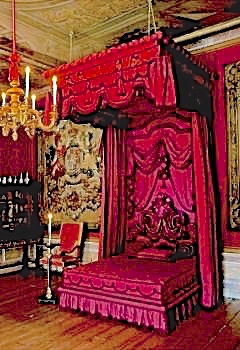
“It was the century of magnificent beds. Beds like ships from China, or beaded purses, a cloud of scented silk. Now an elaborately embroidered brocade curtain exposed my arm….” – Margaret on her wedding night.
Before long, Margaret becomes frustrated, however. Childless, she has few outlets for her energy, and since she is inherently shy, she does not mix well socially and is largely ignored. The one area in which she has limitless energy lies in her writing. Untutored, and, she admits, not an expert in spelling and grammar, she nevertheless spends hours writing, then locking away her creations. “Why must grammar be like a prison for the mind?” she wonders. “Might not language be as a closet full of gowns?” Occasionally, when they have learned guests, she forgets her “place” and interrupts the intellectual conversation among the men visiting, after which she feels compelled to disappear, embarrassed, into her own world. Eventually, as the political winds change, Margaret is able to return to London, though William cannot, at this time, and his brother begins buying back William’s inherited estates so that they can bring in some revenue while William remains in debt in France.
Alone in England, Margaret decides to publish some of her writing without asking anyone for advice. Though one person indicates, regarding the author, that “there are many soberer people in Bedlam,” William turns out to be proud of her, and the book becomes required reading in London’s fashionable parlors where the ladies like to snigger at it. Eventually, after receiving encouragement from someone she admires, she opens her chest of other writing, revisits it, and then publishes again. When William finally returns home to England after the Restoration, he finds his two estates ruined and in need of major repairs, and he and Margaret return to Welbeck Abbey in Nottinghamshire and begin work on the estate and the rest of their lives. She continues her writing, and with The Blazing World, considered the first science fiction novel, she becomes bold, even planning to send a copy to the king. Her confidence veers toward arrogance sometimes, and at one point William hears her telling their guests that “if the schools do not retire Aristotle and read Margaret, Duchess of Newcastle, they do her wrong and deserve to be abolished.”
The saga of Margaret, her insecurities, her boldness, and her furious passion to write, regardless of the writing’s reception within her own society, reveal a modern approach to a writer’s goals and sense of commitment, the willingness to do what is necessary at all costs. The novel feels real and contemporary, though Margaret was real almost four hundred years ago. Dutton’s own writing here is like magic, erasing time and societal expectations in favor of the pure act of creation. And as Margaret becomes the first woman ever to be invited make a presentation before the Royal Academy of London, a feat not duplicated for two hundred more years, readers will celebrate her stamina in the face of her wide reputation in London as “Mad Madge.”

Bolsover Castle in Derbyshire, built originally in the 12th century and partially restored by William Cavendish’s father, is about a day’s drive from Welbeck Abbey.
Photos, in order: The author’s photo is found on http://www.amazon.com
Welbeck Abbey in Nottinghamshire, William Cavendish’s primary home, before it was confiscated by the Puritans, is seen on http://www.hha.org.uk/
“It was the century of magnificent beds. Beds like ships from China, or beaded purses, a cloud of scented silk. Now an elaborately embroidered brocade curtain exposed my arm….” – Margaret on her wedding night. This bed from early 17th century England, is actually located now at Het Loo in the Netherlands. http://www.whilethepaintdries.com
The portrait of mature William and Margaret Cavendish by Gonzales Coques is found on http://projectvox.library.duke.edu
Bolsover Castle in Derbyshire, built originally in the 12th century and partially restored by William Cavendish’s father, is about a day’s drive from Welbeck Abbey. http://www.yellowtom.co.uk/
ARC: Catapult.Co.
